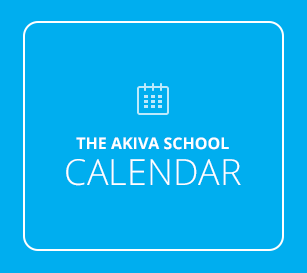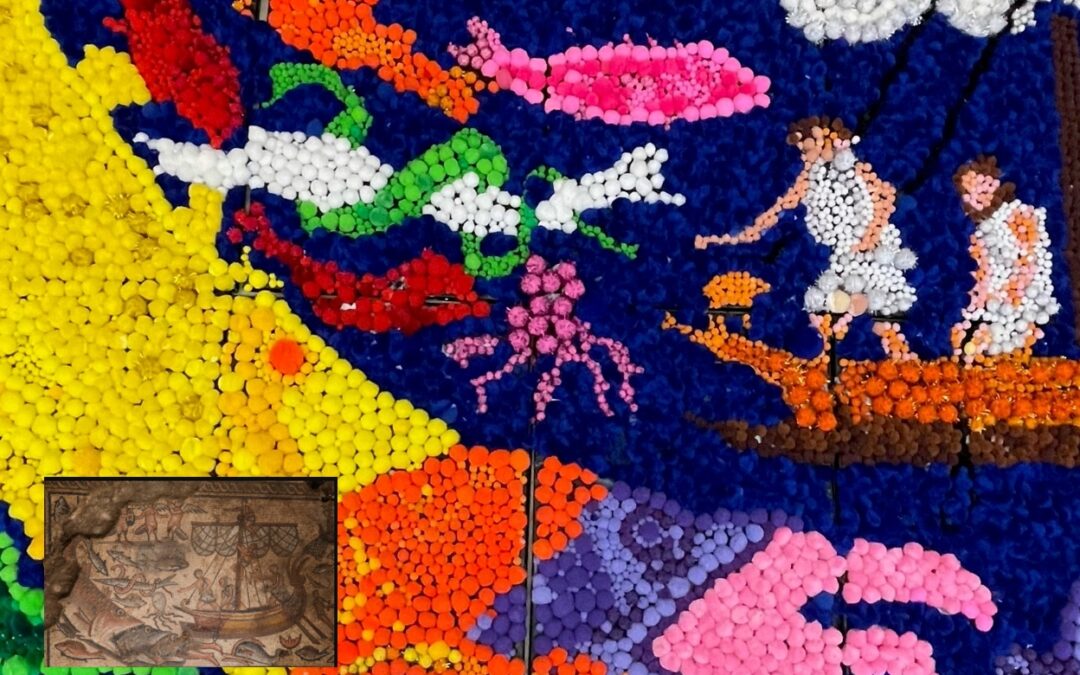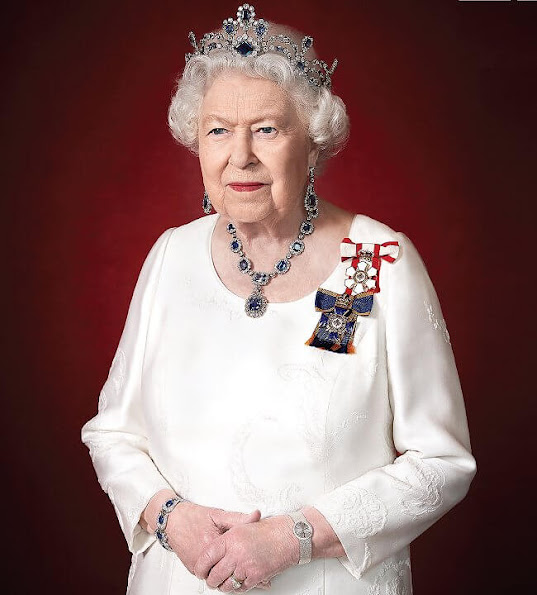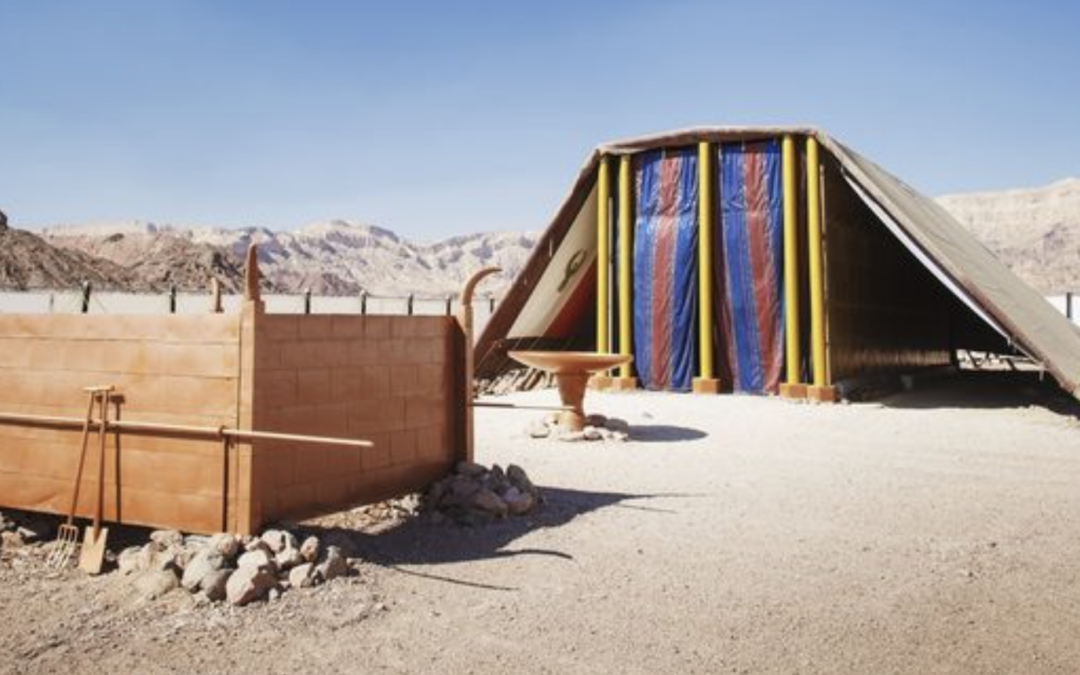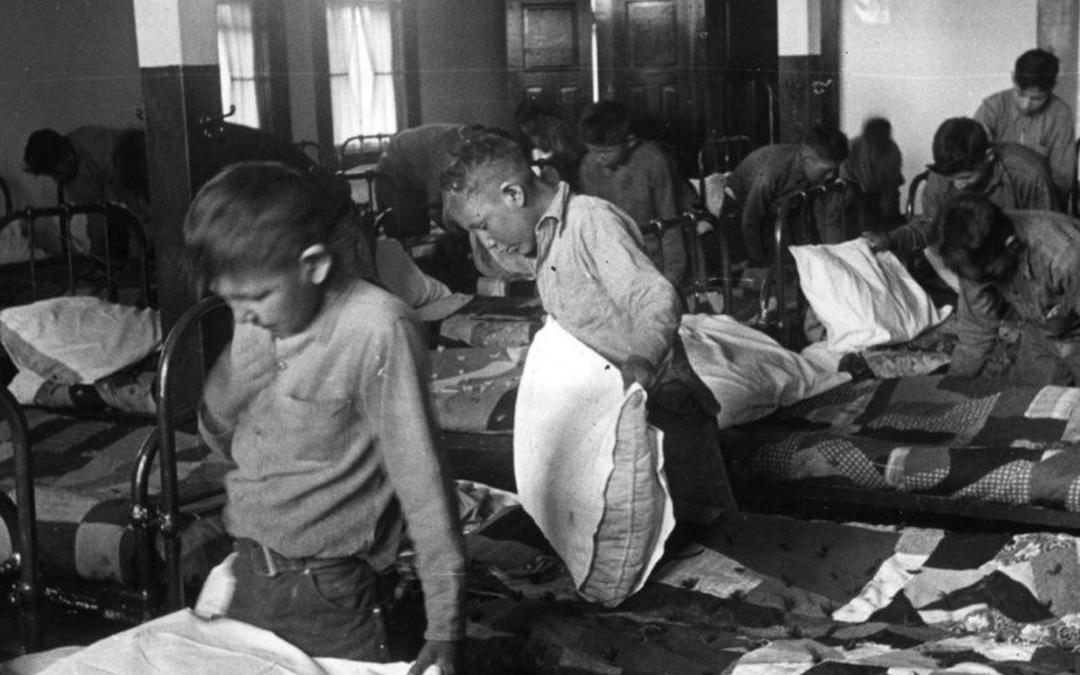This year, we have started a new p rogram called the “Lunch Bunch” to help deal with any social issues that our students may be having. With the Lunch Bunch Program, I have lunch with a group of students and play interactive activities that deal with emotions, friendship building, bullying prevention, and our Five Promises.
rogram called the “Lunch Bunch” to help deal with any social issues that our students may be having. With the Lunch Bunch Program, I have lunch with a group of students and play interactive activities that deal with emotions, friendship building, bullying prevention, and our Five Promises.
Recently, we had a great opportunity to leverage our Lunch Bunch program for our Grade 1B class. Our students in this class had a lot of questions on their minds with respect to friendship, school behaviour and “doing the right thing”. The Grade 1B teachers and I decided to use the Lunch Bunch program as a platform to address all of their concerns. We created a Lunch Bunch box where students could put their questions or concerns and then, every Friday during lunch, I would come to discuss some of the issues. One of the ‘hot topics” that we discussed in our Grade 1B Lunch Bunch was about kindness and doing nice things for others. We decided that instead of always “tattling” to the teacher when someone does something bad, the children would focus on “kind tattles” where they report to the teacher when they see someone doing an act of kindness for someone else. When a student says a “kind tattle” to the teacher”, a rock is placed in a “kind o meter” jar. When the jar is full, the class will have a class party as a reward.
I am happy to report that the kind-o-meter is quickly filling up. Students are so proud to point out the kind acts of their peers and are looking forward to celebrating a full jar of kindness. I would like to thank Ilana Chernack for creating the kind –o-meter jar, and for co-facilitating the lunch bunch group. Thanks also to the rest of the class teachers for reinforcing this project; Samantha Kravitz, Karen Gurman, Zehavit Meltzer, Netta Rotstein Paola Reiss, Marie Benchimol, Patricia Salama.
The goal of our Lunch Bunch program is to make all of our students more sensitive to the feeling of others. At Akiva, we have many creative initiatives going on in the classrooms to help support this goal and the Kind-o-meter is one great example of how we can help our students pay attention to each other’s needs.

